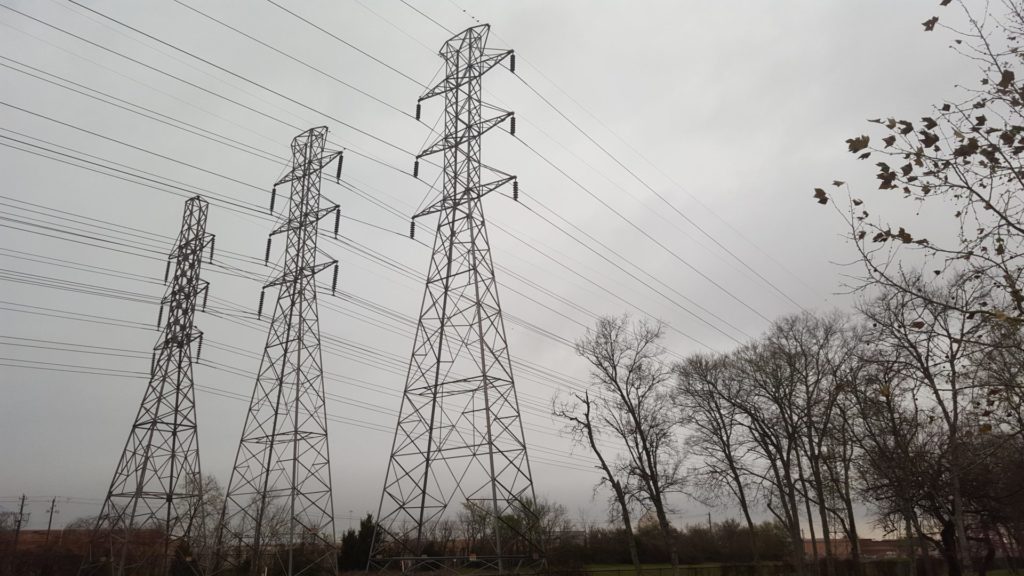Worldwide data collection is increasing at a staggering rate. Processing all this stored data requires huge amounts of electrical energy. Power generation is a major contributor to the global carbon footprint. Are cloud datacenters and their insatiable hunger for electricity going to lead us to runaway global warming? While technology might be part of the problem of global warming, it can also be part of the solution. A green tech innovator named Pliops recently came to my attention as a company that is working to tackle this problem. Their data processor optimizes a broad range of workloads and uses patented data structures and algorithms to eliminate data amplification and enable consistently high I/O performance, capacity, and endurance. This results in reaching up to 100 times faster data access with just a fraction of the computational load and power consumption. I recently talked with Tony Afshary, senior director of product and technical marketing at Pliops, to learn more about their innovative products. Tony has many years of leadership experience with notable companies in the engineering and marketing of ASICs and storage technologies. He graciously shared some of his time with me.

MITCH: How serious is the problem of the amount of electrical power being consumed by cloud datacenters globally?
TONY: Over the past few decades, the effects of climate change are becoming more and more obvious. As individuals do their part to use energy more efficiently, whether through electric vehicles or solar power, many global corporations have also vowed to do their part by publicly declaring goals to become carbon neutral within the next decade or so. Operators of public and private cloud datacenters are looking for ways to help reduce their electricity consumption and help stem climate change.
There are several studies that address the amount of electricity being consumed by datacenters. With each study using its own methodologies, inputs, and variables – coupled with rapidly changing technology in datacenters – it is extremely difficult to obtain consensus on just how much electricity datacenters consume each year. The calculations range from 200 TWh/yr to 500 TWh/yr. Many reports acknowledge the actual number may be much higher. Consumption at 200 TWh/yr is equal to 1% of global electricity. The one thing all the studies do agree upon is that electricity consumption in datacenters is growing. The projections range from 3-13% of global electricity by 2030. (For a lot more on datacenters and electricity, check out David Mytton’s blog.)
MITCH: Is it caused mostly by the increasingly vast amounts of data being collected, stored, and processed in the cloud?
TONY: As digitalization proliferates and penetrates all aspects of all industries, data storage requirements are growing significantly. As of 2020, the global data sphere is estimated to be roughly 50 zettabytes. One statistic I found to be particularly enlightening (from techjury.net) is that by 2022 70% of the global GDP will have undergone digitization. According to Cybercrime Magazine, by 2025, more than 200 zettabytes will be stored in public and private clouds. [EDITOR’S NOTE: One zettabyte equals 1,000 exabytes, which is 1,000,000 petabytes, which is 1,000,000,000 terabytes, which is…you get the picture.]
In 2020, 40% of the data was machine-generated, while 60% was human-generated. Human-generated data is growing by only 10X, whereas machine-generated data is growing at 50 times. Most machine-generated data will derive from sensor data as IoT devices proliferate.
While the growth of data is the primary cause of increased datacenter power consumption, the problem is exacerbated by the waning of Moore’s Law and inefficient infrastructure. Without the central processing capability doubling every two years, more servers are required to handle the data load leading to server sprawl. Add to this mix many years of legacy infrastructure with bottlenecks in every aspect, including storage, compute, and networking.
MITCH: Can new CPU and storage technologies help alleviate this growing problem?

TONY: New processing and data acceleration technology alleviates this growing problem by offloading the CPU from storage tasks so the CPU can focus on processing tasks for which it is designed and best suited. New technologies that place storage functions on a dedicated processor benefit from hardware-accelerated storage functions. New storage technologies that seek to eliminate layers of inefficiency typical in legacy storage, databases, and applications will help decrease server sprawl and increase performance.
MITCH: How does Pliops Storage Processor address this need?
TONY: Pliops has created a new product category that enables data access up to 50X faster with just 1/10 the power consumption. By eliminating multiple inefficient layers in the storage and computational workload, Pliops can dramatically increase performance, reduce server sprawl and reduce power consumption.
MITCH: Can Pliops Storage Processor be utilized in existing commodity servers running in cloud datacenters? Or does it require upgrading to all new system hardware?
TONY: Pliops can be seamlessly added to any existing on-prem or cloud server infrastructure as well as new deployments on any commodity server. Pliops requires no changes to existing storage, network, or compute elements.
MITCH: For what kinds of data storage and processing can Pliops Storage Processor offer the greatest benefit in terms of keeping energy costs down?
TONY: Pliops is deployed in many segments, including SaaS, HPC, Cloud Storage, CDN, AI/ML, offering data acceleration, data protection, data capacity saving, and data efficiency to help keep energy consumption down.
MITCH: Do you have any other suggestions on how to make cloud datacenters greener?
TONY: Helping mitigate the increased electricity consumption is only part of the equation. Reducing CO2 emission is equally important to help slow climate change. By 2040 storing digital data is projected to create 14 percent of the world’s emissions. A data point to help put that in perspective: the aviation industry currently produces 2% of global CO2 annually. Pliops helps CPUs run more efficiently, thereby utilizing less electricity and reducing server sprawl helping lower CO2 emissions.
MITCH: Anything else you would like to say on this subject?
TONY: The same dedication to innovation and development that brought us the awesome technological advances we use and love will have to be what helps us solve the challenges. Technology companies have always risen to the challenge and will again.
MITCH: Thanks, Tony, for sharing some of your valuable time with us.
TONY: You’re welcome.
Featured image: Shutterstock



